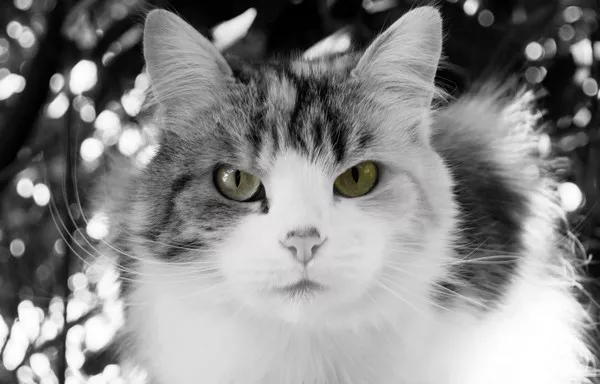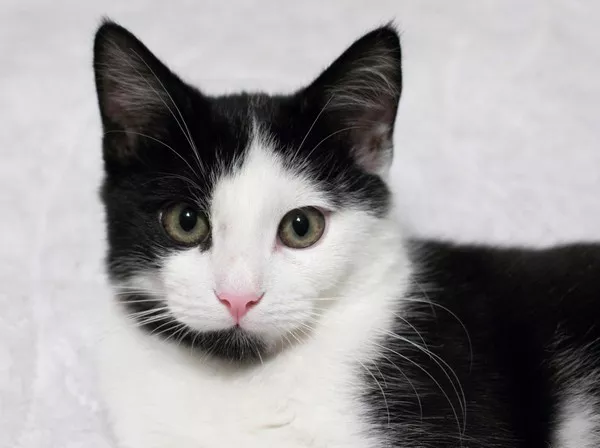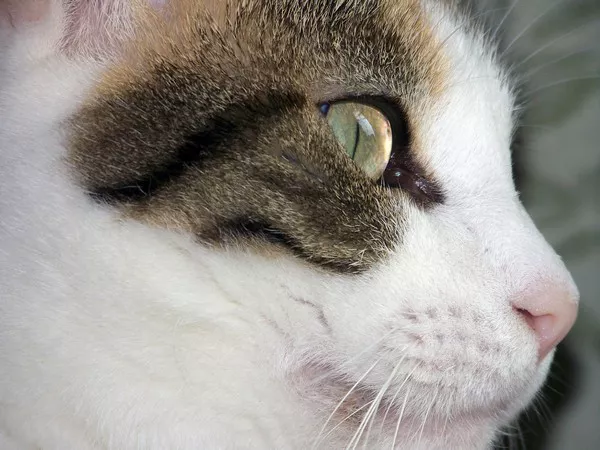Manx cats, with their distinctive tailless or short-tailed appearance, are a unique and beloved breed among cat enthusiasts. Known for their playful and friendly nature, these cats can be a joy to have as companions. However, when it comes to training, there are various factors to consider. In this article, we will explore whether Manx cats are hard to train by examining their characteristics, common training challenges, and effective training methods.
Understanding Manx Cat Characteristics
Before delving into the specifics of training Manx cats, it’s essential to understand their unique characteristics. Manx cats are known for their intelligence, curiosity, and strong bond with their human families. They are social animals that often get along well with children and other pets. However, their independent streak and playful nature can sometimes pose challenges during training.
Intelligence and Curiosity
Manx cats are highly intelligent and curious creatures. Their natural inquisitiveness can make training both a rewarding and challenging experience. On the one hand, their intelligence means they can learn new tricks and commands relatively quickly. On the other hand, their curiosity can lead to distractions, making it essential to keep training sessions engaging and focused.
Social Nature
Manx cats are known for their strong social bonds with their human families. This social nature can be a double-edged sword when it comes to training. While their desire to please their owners can make them more receptive to training, their need for social interaction and attention means that they may become easily bored or frustrated if training sessions are too long or repetitive.
Playful and Energetic
The playful and energetic nature of Manx cats is another factor to consider. These cats love to play and explore, which can sometimes lead to challenges in training. Their high energy levels require regular physical and mental stimulation, making it essential to incorporate play and exercise into their training routines.
Common Training Challenges with Manx Cats
While Manx cats possess many qualities that can make training a rewarding experience, there are also several common challenges that owners may encounter. Understanding these challenges can help owners develop effective training strategies tailored to their Manx cat’s unique needs.
Independence and Stubbornness
One of the primary challenges in training Manx cats is their independent and sometimes stubborn nature. These cats can be strong-willed and may not always be eager to follow commands or instructions. It’s crucial to approach training with patience and consistency, using positive reinforcement techniques to encourage desired behaviors.
Short Attention Span
Due to their curious and playful nature, Manx cats can have a relatively short attention span. This means that training sessions need to be kept short and engaging to hold their interest. Breaking training into smaller, manageable sessions throughout the day can be more effective than lengthy, monotonous training periods.
Sensitivity to Negative Reinforcement
Manx cats are sensitive animals, and negative reinforcement or harsh training methods can be counterproductive. Using punishment or negative reinforcement can lead to fear, anxiety, and even aggression. Instead, positive reinforcement techniques, such as treats, praise, and play, should be used to motivate and reward desired behaviors.
Effective Training Methods for Manx Cats
Despite the challenges, Manx cats can be trained successfully with the right approach. Here are some effective training methods that can help owners achieve positive results.
Positive Reinforcement
Positive reinforcement is a highly effective training method for Manx cats. This technique involves rewarding desired behaviors with treats, praise, or play. By associating positive outcomes with specific actions, Manx cats are more likely to repeat those behaviors. For example, if a Manx cat successfully uses a scratching post instead of furniture, rewarding them with a treat and praise reinforces the desired behavior.
Clicker Training
Clicker training is another useful technique that can be effective with Manx cats. This method involves using a clicker to mark the exact moment a desired behavior occurs, followed by a reward. The clicker sound becomes associated with positive outcomes, helping the cat understand which behaviors are being rewarded. Clicker training can be particularly effective for teaching tricks, commands, and even more complex behaviors.
See Also: What Do Manx Cats Eat?
Consistency and Patience
Consistency and patience are key when training Manx cats. Establishing a regular training routine and sticking to it helps reinforce desired behaviors. It’s important to be patient and avoid becoming frustrated if progress is slow. Every cat learns at their own pace, and consistent, positive reinforcement will yield better results over time.
Interactive Play
Incorporating interactive play into training sessions can help keep Manx cats engaged and motivated. Using toys, laser pointers, and puzzle feeders can provide both mental and physical stimulation. Interactive play not only helps burn off excess energy but also strengthens the bond between the cat and their owner, making training a more enjoyable experience.
Socialization and Environmental Enrichment
Socialization and environmental enrichment are essential components of training for Manx cats. Exposing them to different environments, people, and experiences from a young age helps build their confidence and adaptability. Providing a stimulating environment with scratching posts, climbing trees, and interactive toys can prevent boredom and destructive behaviors.
Addressing Specific Training Goals
Training a Manx cat can encompass a variety of goals, from basic commands to more advanced tricks and behaviors. Here are some common training goals and tips for achieving them.
Litter Box Training
Litter box training is a fundamental aspect of cat ownership. Most Manx cats take to litter box training relatively easily, but it’s important to provide a clean, accessible litter box and encourage its use. If a Manx cat shows signs of avoiding the litter box, it’s crucial to address any underlying issues, such as health problems or stress, and provide positive reinforcement when they use the box correctly.
Scratching Behavior
Manx cats, like all cats, have a natural instinct to scratch. To prevent them from scratching furniture or other undesirable surfaces, provide appropriate scratching posts and encourage their use. Placing scratching posts in areas where the cat likes to scratch and rewarding them for using the posts can help redirect this behavior.
Commands and Tricks
Teaching Manx cats basic commands and tricks can be a fun and rewarding experience. Start with simple commands like “sit,” “stay,” and “come,” using positive reinforcement techniques. As the cat becomes more comfortable with training, gradually introduce more complex tricks, such as “high five” or “fetch.” Clicker training can be particularly effective for teaching tricks.
Leash Training
Leash training a Manx cat can provide them with outdoor enrichment and exercise while ensuring their safety. Begin by introducing the cat to the harness and leash indoors, allowing them to become comfortable with the sensation. Gradually progress to short, supervised outdoor walks, rewarding the cat with treats and praise for calm and cooperative behavior.
Behavior Modification
In some cases, Manx cats may exhibit undesirable behaviors that require behavior modification. Addressing issues such as aggression, excessive meowing, or anxiety requires a comprehensive approach. Identifying the underlying cause of the behavior, providing environmental enrichment, and using positive reinforcement techniques can help modify these behaviors over time.
Conclusion
In conclusion, while Manx cats may present some training challenges due to their independent, curious, and playful nature, they are far from impossible to train. With the right approach, including positive reinforcement, consistency, and patience, owners can successfully train their Manx cats to exhibit desirable behaviors and even perform tricks. Understanding their unique characteristics and addressing common training challenges can make the training process a rewarding and enjoyable experience for both the cat and their owner. By incorporating interactive play, socialization, and environmental enrichment, Manx cat owners can ensure their feline companions lead happy, well-adjusted lives.























